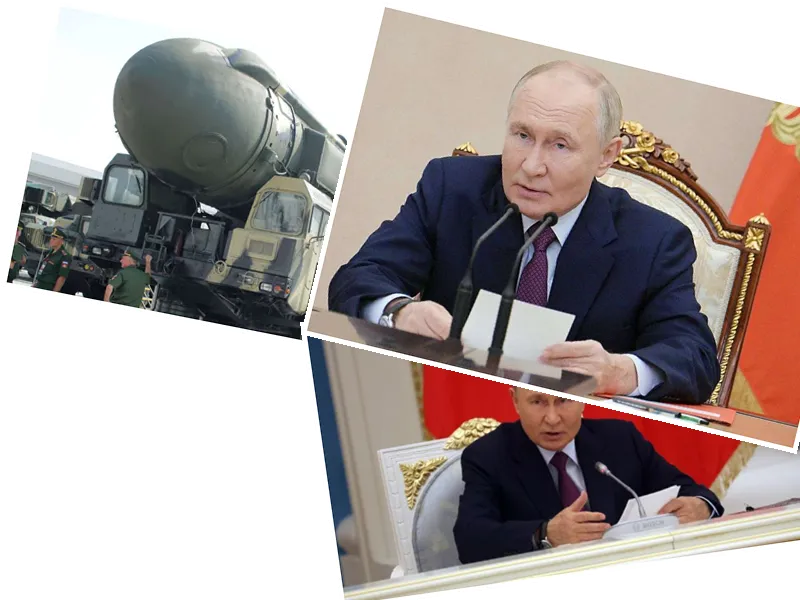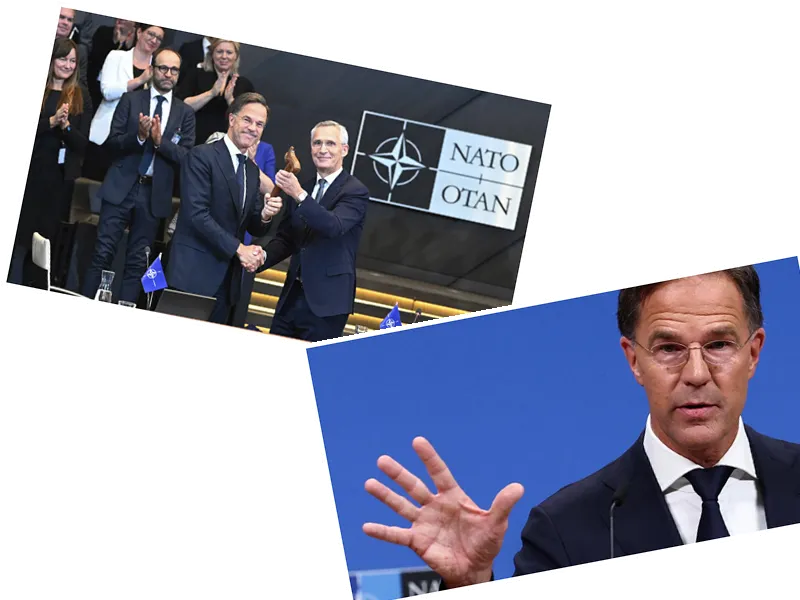NATO Takes Lead on Western Military Aid to Ukraine
The United States has coordinated Western military aid to Ukraine, but starting in July, NATO will assume this responsibility. This transition comes amidst concerns among NATO member states about potential shifts in US policy if former President Donald Trump returns to the White House. During a meeting in Brussels, NATO Defense Ministers, with the agreement of the current US Administration, decided to hand over the coordination of military aid to the Alliance.
NATO Secretary General Jens Stoltenberg emphasized the importance of long-term support for Ukraine. The newly established 'Contact Group for the Defence of Ukraine' will oversee not only the delivery of weapons but also the training of Ukrainian soldiers. Moreover, it will align Ukraine's weapon orders with offers from donor countries and plan reforms for the Ukrainian Armed Forces.
Expanding NATO's Nuclear Deterrent Capabilities
This latest move by NATO comes against the backdrop of escalating nuclear threats from Russia. High-ranking officials, including President Vladimir Putin, have been issuing nuclear threats, prompting NATO to remind the world of its own nuclear deterrent capacities. With the annual NATO summit approaching in June in Washington, the leaders plan to review their nuclear deterrence principles. This is particularly urgent given Russia's recent nuclear activities in Belarus and its withdrawal from key nuclear treaties.
Stoltenberg highlighted the modernization of American nuclear weapons, including those deployed on European soil, and the readiness of Dutch F-35 fighter aircraft for nuclear maneuvers. In the face of growing threats not only from Russia but also from China, North Korea, and Iran, NATO's nuclear doctrine remains focused on preserving peace, preventing coercion, and deterring aggression.
Countering Russia's Hybrid Threats in Europe
Beyond the nuclear rhetoric, NATO and several European secret services have implicated Russia in various acts of sabotage and disinformation campaigns across Europe. These include cyber-attacks on Czech railways, intentional fires in the UK, Poland, and Germany, and propaganda campaigns in France. Some European countries have urged the European Commission to restrict the movement of Russian diplomats, suspecting them of being GRU agents.
Russia's aggressive posture is further evidenced by its ongoing nuclear exercises along its borders with NATO states. Recently, Russian soldiers and sailors participated in the deployment of tactical nuclear weapons in these regions. In response to perceived Western threats, Russia has engaged in extensive nuclear training with Belarusian forces. Videos by the Russian Ministry of Defense display mobile missile systems and munitions being readied, indicating a significant military buildup.
- NATO's decisive actions reflect its commitment to bolstering the defense of Ukraine against Russian aggression. With the shift in coordination to NATO, there’s a clear signal to Russia about the unified stance of Western allies.
- The modernization span of American nuclear weapons and readiness of European allies underscore NATO's strategic preparedness. The inclusion of key European nations in these nuclear exercises shows a significant alignment and strengthens collective security.
- Disinformation and hybrid warfare tactics by Russia signify the diverse threats Europe faces. Coordination among NATO and European intelligence agencies is crucial in mitigating these risks and ensuring the integrity of democratic processes across the continent.






